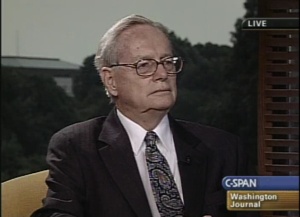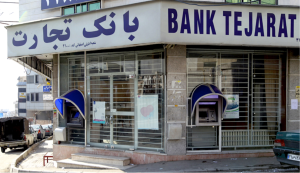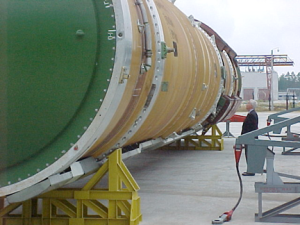The August 2012 IAEA Report on Iran: An Initial Assessment
Note: correction on Fordow centrifuge totals (3pm, Aug. 30) By Tom Z. Collina and Daryl G. Kimball The IAEA's latest quarterly report on Iran, now in circulation, finds that Tehran has installed more machines for uranium enrichment in its Fordow underground facility, but has not started to use them. This means that Iran has not significantly increased its rate of enrichment at this facility since the IAEA's previous report from May.
Marking the International Day Against Nuclear Tests
By Daryl G. Kimball, with research support from Daria Medvedev and Wanda Archy Today is the official International Day Against Nuclear Tests, established in 2009 on the anniversary of the closure of the main former Soviet test site of Semipalatinsk, where more than 456 nuclear explosions contaminated the land and its inhabitants.
Hiroshima and Nagasaki: Never Again
by Daryl G. Kimball The first nuclear bomb test in July 1945 and the surprise attacks on the people of Hiroshima and Nagasaki on August 6 and 9 of that year ignited a global debate about the role, the morality, and the control of nuclear weapons that continues to this day.
Is All Hope LOST for the Law of the Sea Treaty?

Sen. John Kerry (D-Mass.) at a hearing on the Law of the Sea Treaty.
Film Focuses on Illicit Weapons Trade and the Need for an Arms Trade Treaty
By Wyatt Hoffman A newly released video called "A Short Film About Guns" underscores the need for an effective Arms Trade Treaty to reduce the illegal flow of weapons to conflicts across the world. Director Minos Papas partnered with the Control Arms Campaign to produce the video, which features four experts with firsthand experience with the devastating results of the unregulated global arms trade.
About Time: Bill to Enhance Nuclear Security Moves through House

House Judiciary Committee Chairman Lamar Smith (R-TX).




